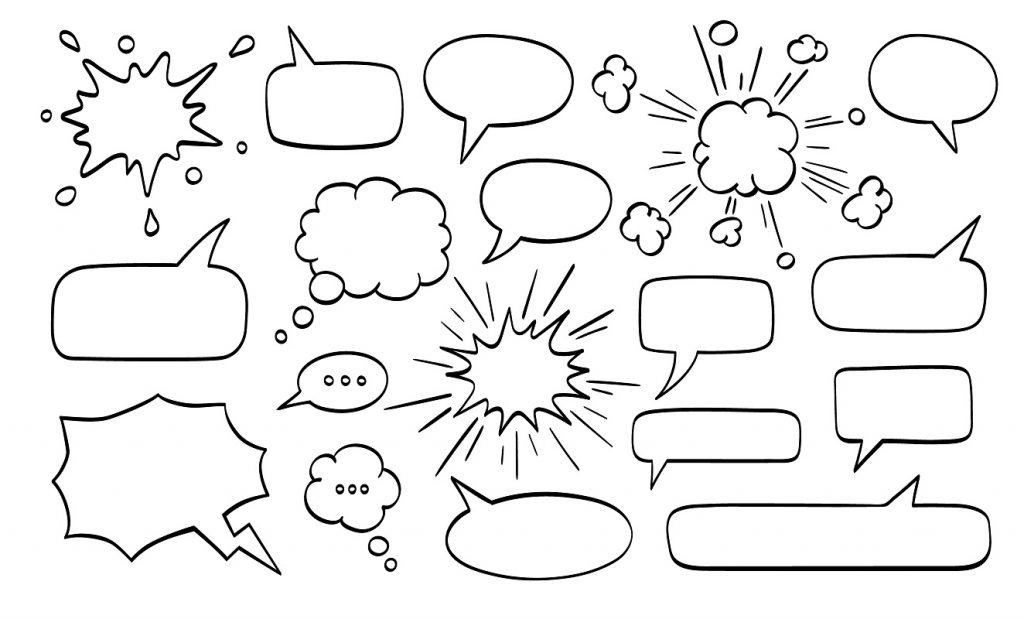On this day in 1928, Mickey Mouse made his movie debut in Steamboat Willie, one of the earliest animated cartoons. This seven-minute film, directed by Walt Disney, was the first to combine animation technology with synchronized sound. Animated cartoons were a medium that grew from comic strips and Sunday funnies. From this short film, based on a cartoon drawing, Disney created one of the largest media empires in the world.
Invite your students to experiment with cartoon and comic strip drawings by collaborating to create a short, humorous story, with at least one main character that performs an action. When students have completed the short sequence, have them use the Comic Creator from ReadWriteThink.org.
Students can also use this online tool to make a flipbook. Students choose one background and repeat it multiple times as they draw their characters’ actions from one frame to the next. When they’ve completed each sequence of drawings, they print out the pages, cut the frames, and staple them together to create a flipbook. By stapling all the pages together in one corner or along one side, students are able to flip the pages of the book quickly, simulating animation.
Multidimensional, challenging, and popular with students, comics provide an excellent way to introduce the concept of genres. Learn more in the lesson plan, “Comics in the Classroom as an Introduction to Genre Study.”
In “Book Report Alternative: Comic Strips and Cartoon Squares” students must think critically to create comic strips highlighting six important scenes from a book they have read.
Students explore stereotypes in the media and representations of race, class, ethnicity, and gender by analyzing comics over a two-week period and then re-envisioning them with a “comic character makeover” as described in this lesson plan.
“The Comic Book Show and Tell” invites students to craft comic scripts using clear, descriptive, and detailed writing that shows (illustrates) and tells (directs). After peers create an artistic interpretation of the script, students revise their original scripts.
How can you use comics and cartoons with your students?

